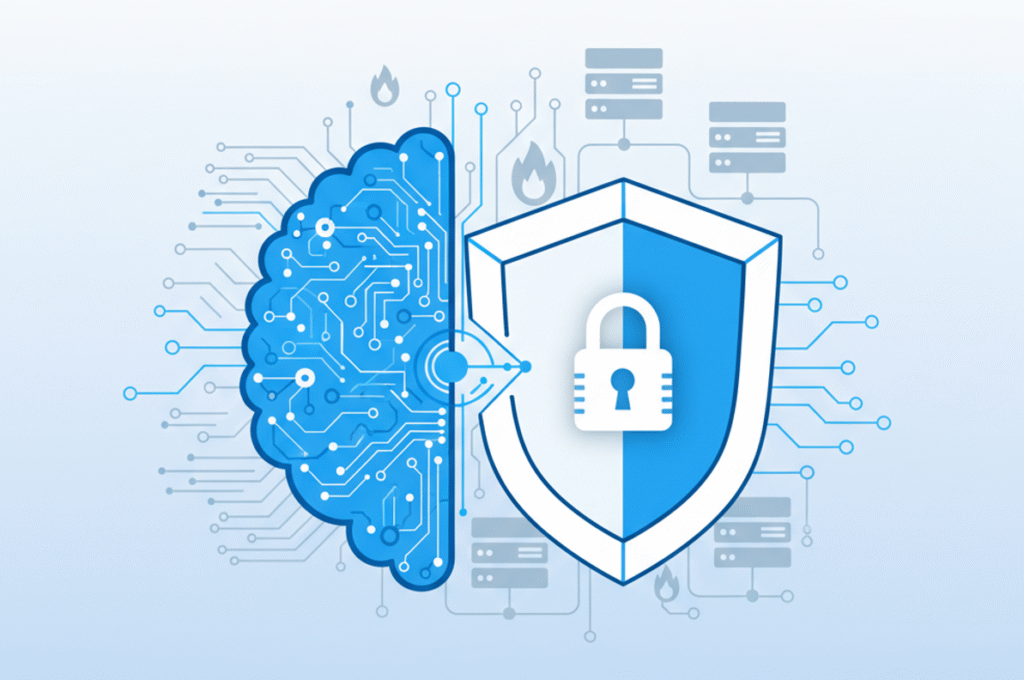With smartphones and tablets becoming indispensable companions in our daily lives. From communication and banking to entertainment and productivity, these devices have revolutionized how we interact with the world. However, this heightened connectivity and convenience have a flip side—increased vulnerability to cyber threats. This comprehensive guide delves deep into the intricate world of mobile security, dissecting ten key aspects that fortify our digital companions against an evolving spectrum of risks.
-
Mobile Device Management (MDM): Orchestrating Security at Scale
As mobile devices permeate every aspect of business and personal life, managing them becomes paramount. Mobile Device Management (MDM) solutions empower organizations to enforce security policies, remotely manage device configurations, and ensure compliance across diverse devices. MDM allows IT administrators to orchestrate security measures such as remote wipe, password enforcement, and app management, thereby bolstering device integrity.
-
Mobile App Security Assessment: Probing Vulnerabilities
Mobile applications are a conduit to personal and sensitive data. Rigorous security assessments, including penetration testing and code review, unveil vulnerabilities that could compromise app integrity. Evaluating apps for flaws like insecure data storage, improper authentication, and poor session management is essential to fortifying the mobile ecosystem.
-
Secure App Development Guidelines: Building with Security in Mind
Secure app development is the cornerstone of robust mobile security. Adhering to secure coding practices—such as input validation, data encryption, and adherence to the least privilege principle—makes apps less susceptible to attacks. Incorporating security into the development life cycle mitigates vulnerabilities at their core.
-
Mobile Malware and Prevention: Defending Against Digital Invaders
The ubiquity of mobile devices has made them a prime target for malware. Mobile malware can exfiltrate personal data, infiltrate corporate networks, and wreak havoc. Implementing antivirus software, app reputation services, and educating users about safe app sources are essential for mobile malware prevention.
-
Biometric Authentication on Mobile Devices: Touching Security
Biometric authentication, including fingerprint and facial recognition, has emerged as a convenient and secure alternative to traditional passwords. However, biometric data must be handled carefully and stored securely to prevent unauthorized access or identity theft.
-
Mobile Device Encryption: Locking Down Data
Device encryption is a pivotal defense against data breaches resulting from lost or stolen devices. By encrypting data at rest, even if an unauthorized user gains physical access to the device, sensitive information remains indecipherable.
-
Secure Mobile Communication: Shielding Conversations
Secure mobile communication is critical in the age of digital eavesdropping. Encrypted messaging apps and virtual private networks (VPNs) ensure that sensitive conversations remain confidential, thwarting potential adversaries.
-
Mobile Payment Security: Safeguarding Transactions
Mobile payments have transformed commerce, but they come with risks. Secure payment methods, leveraging trusted payment apps, and updating devices are critical to safeguarding transactions from unauthorized access and breaches.
-
Mobile App Privacy and Permissions: Empowering User Control
Mobile apps often require access to personal information and device features. Users must know the permissions they grant and how their data will be used. Reviewing and revoking unnecessary clearances enhance privacy and protect against misuse.
-
Secure Bluetooth and NFC Usage: Connecting with Caution
Bluetooth and Near Field Communication (NFC) facilitate seamless connections, but attackers can exploit them. Being cautious when pairing with unfamiliar devices and turning off these features when not in use reduces the risk of unauthorized access and data leakage.
Conclusion
As mobile devices continue to weave into the fabric of our daily lives, securing them becomes imperative. By unraveling the intricate facets of mobile security, individuals and organizations alike can confidently navigate this complex terrain. From managing devices and fortifying apps to protecting sensitive information and transactions, each facet contributes to a holistic defense against an ever-evolving threat landscape. In the era of digital ubiquity, safeguarding our mobile companions isn’t just an option—it’s a responsibility. Through vigilance, education, and the implementation of best practices, we can ensure that our mobile frontier remains resilient against cyber threats, preserving our privacy, data, and peace of mind.





